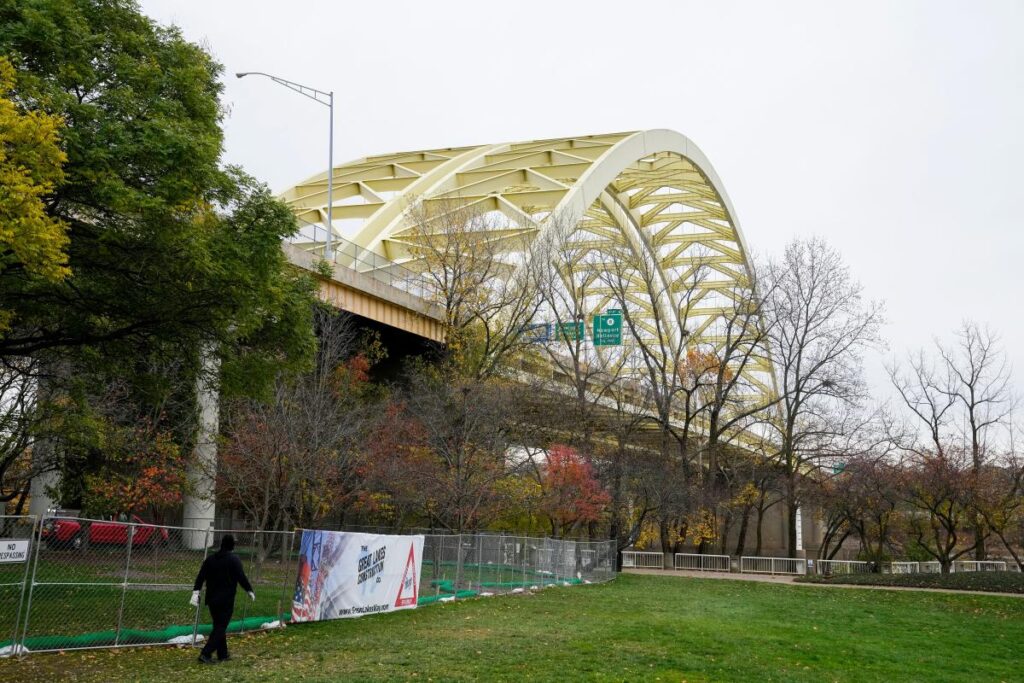In recent events, a fire at the Daniel Carter Beard Bridge has caused significant disruption for drivers, incurring repair costs estimated at over $10 million and resulting in felony charges against individuals accused of arson. Fortunately, this incident did not result in any casualties. In contrast, numerous bridge collapses throughout history, both in Ohio and across the United States, have had tragic outcomes, claiming lives and highlighting the critical importance of infrastructure safety. Weather-related events, design flaws, and accidental collisions—such as barge hit incidents—have all contributed to devastating bridge failures.
One of the most devastating bridge collapses occurred in March 2024 in Baltimore when the Francis Scott Key Bridge fell after being struck by a container ship. This incident resulted in the loss of six lives, showcasing the catastrophic consequences that can arise from transportation-related infrastructure failures. Such accidents often reverberate through the community, triggering calls for accountability, improved safety measures, and rigorous inspections, especially regarding crucial infrastructure like bridges.
In Ohio, the state is haunted by its deadliest bridge disaster—the Silver Bridge collapse in 1967. This tragedy unfolded during rush hour when the bridge, which spanned the Ohio River, failed mid-traffic, plunging vehicles into the water and claiming the lives of 46 individuals. The collapse was attributed to a faulty eyebar, a critical component of the suspension system. This disaster not only resulted in immediate loss but also served as a catalyst for significant improvements in bridge safety regulations and practices across the nation.
The aftermath of the Silver Bridge collapse prompted heightened scrutiny of bridge safety standards. The tragedy underscored the need for a systematic approach to evaluate and maintain infrastructure integrity. As a direct consequence, legislation was enacted that included provisions for implementing standardized bridge inspections in the United States. This move was an attempt to ensure that similar disasters would not occur and that transportation systems would be safer for the public.
In 1968, the federal government took comprehensive steps to address concerns over bridge durability and safety. The enactment of the Federal Highway Act included mandates for the Secretary of Transportation to establish national standards for bridge inspections, emphasizing the importance of having qualified personnel trained to conduct thorough evaluations of bridge structures. This shift represented not only a regulatory response to past failures but also a commitment to preventing future tragedies.
Overall, the ongoing challenges posed by bridge safety, exemplified by incidents such as the Daniel Carter Beard fire and historical collapses like the Silver Bridge, reflect the pressing need for diligent oversight, advanced engineering practices, and community awareness regarding infrastructure health. As infrastructure continues to age and face new challenges, the lessons learned from past tragedies remain pertinent in shaping future policies and ensuring the safety of all who rely on these vital structures in their daily lives.

